
 2
2






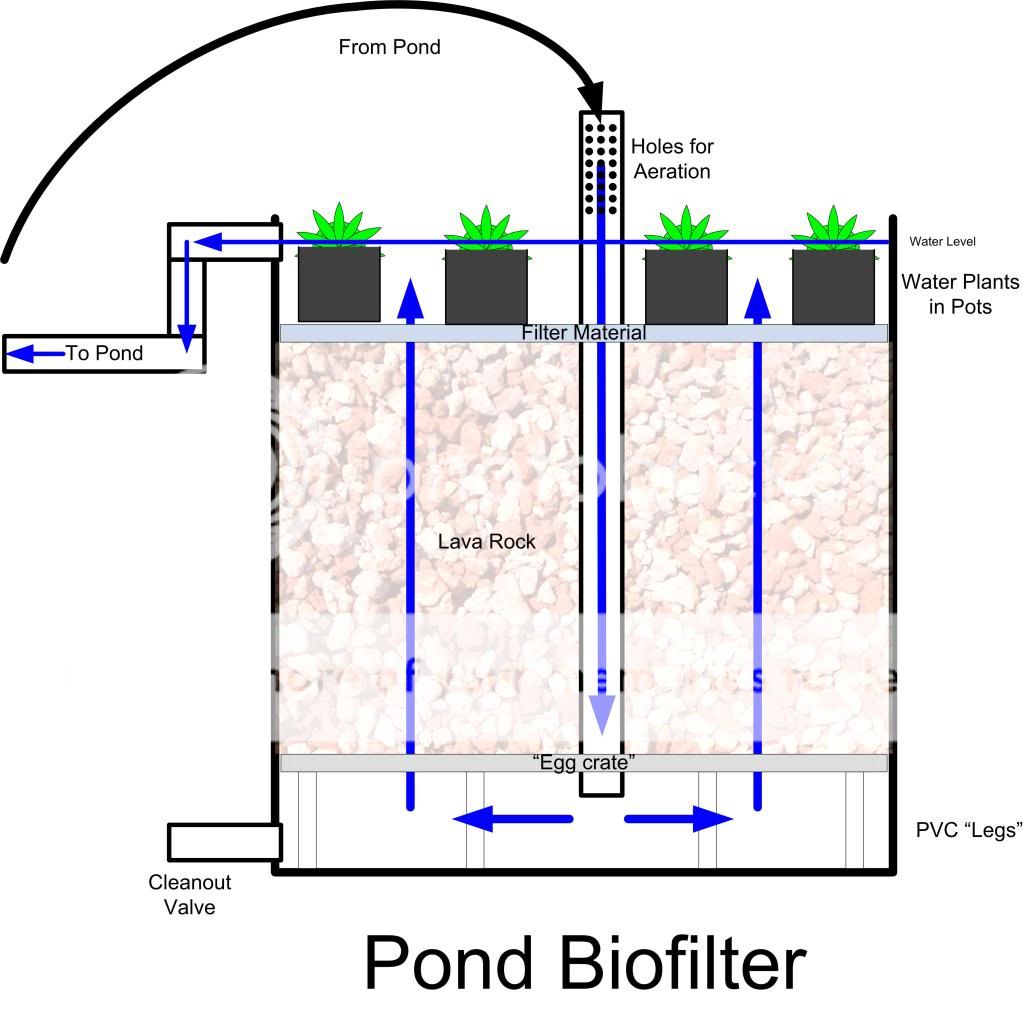




Check out my Primal Prepper blog where I talk about permaculture, prepping, and the primal lifestyle... all the time! 








adunca wrote:
The biofilter is around 40 gallons, and is plenty big - I'll be posting pictures as it clears the water.




 2
2




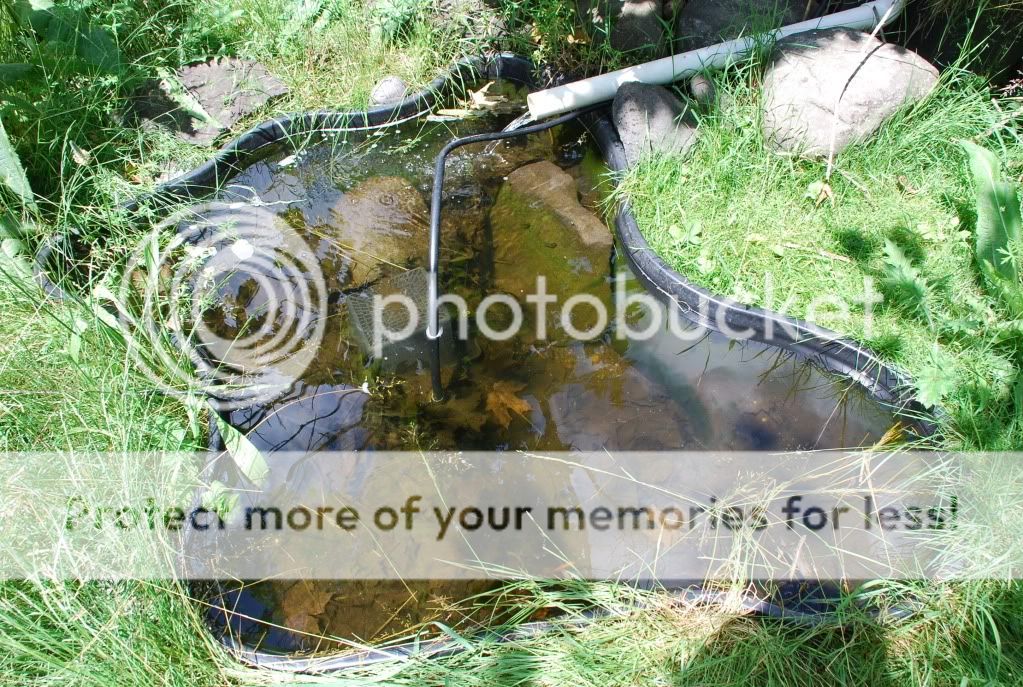
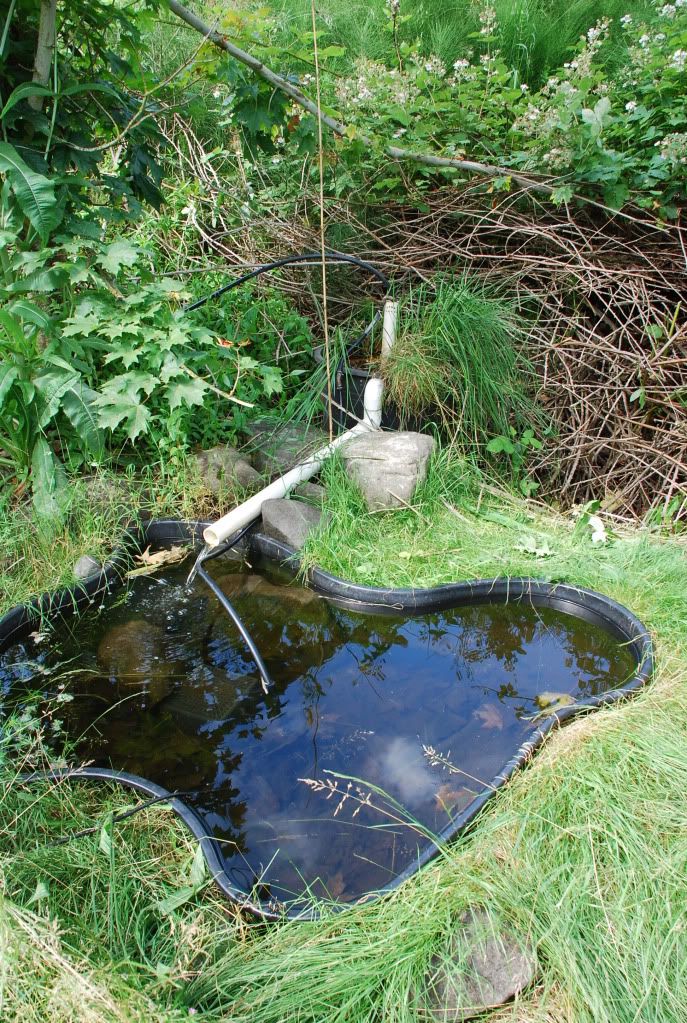

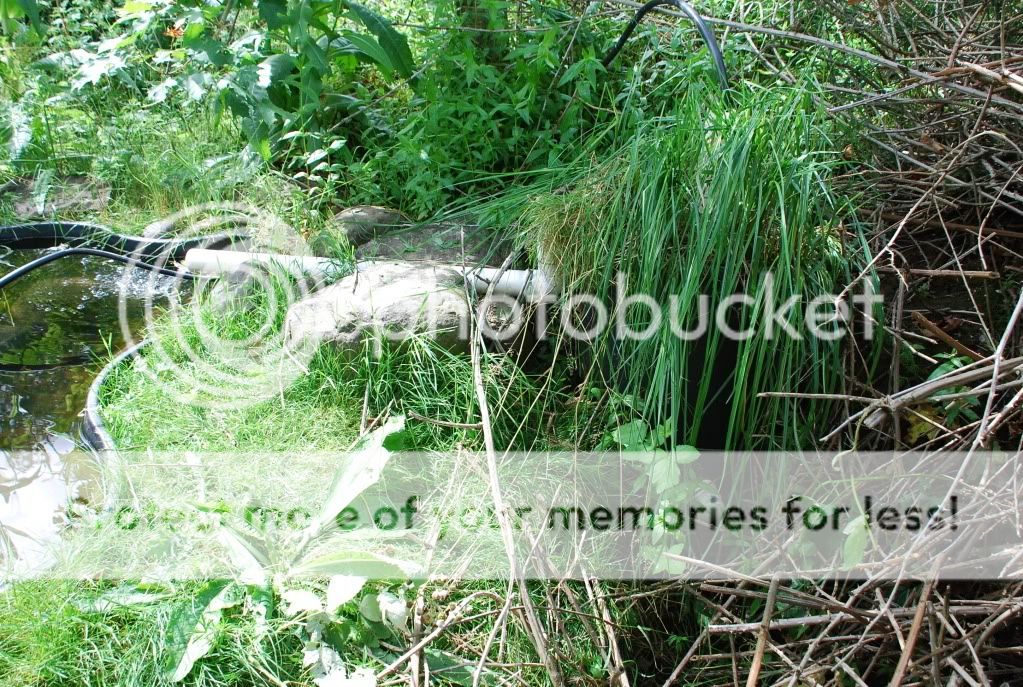
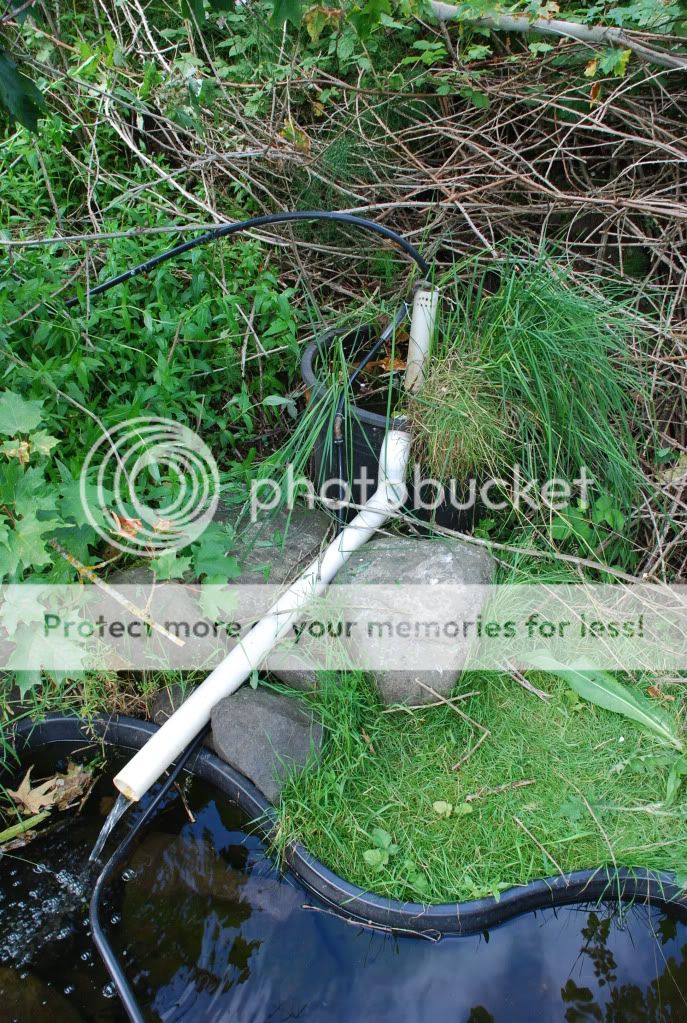
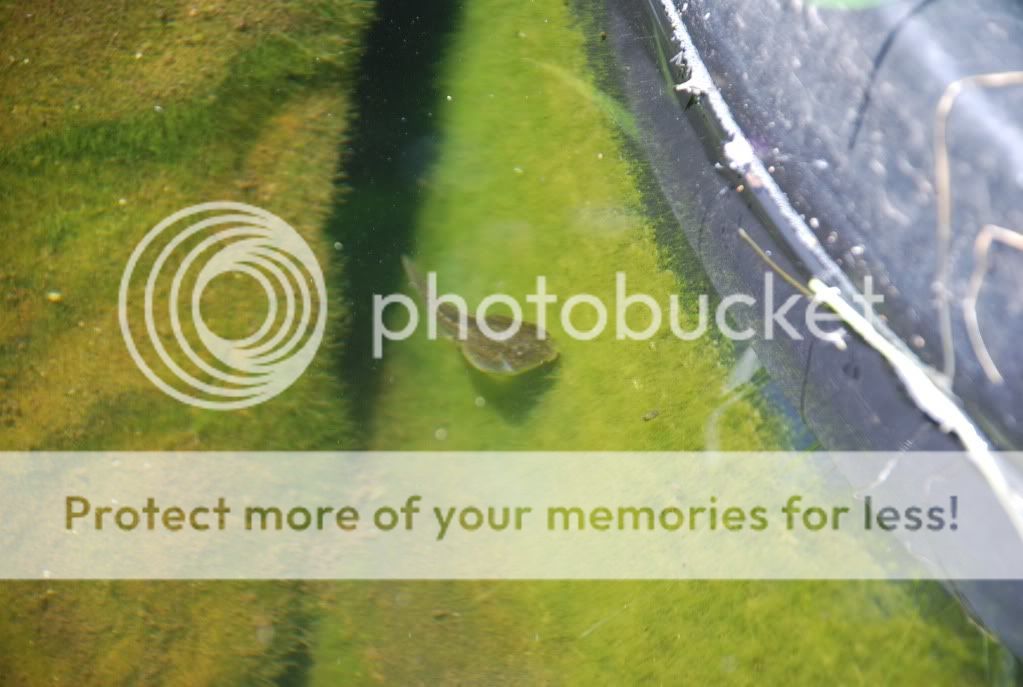
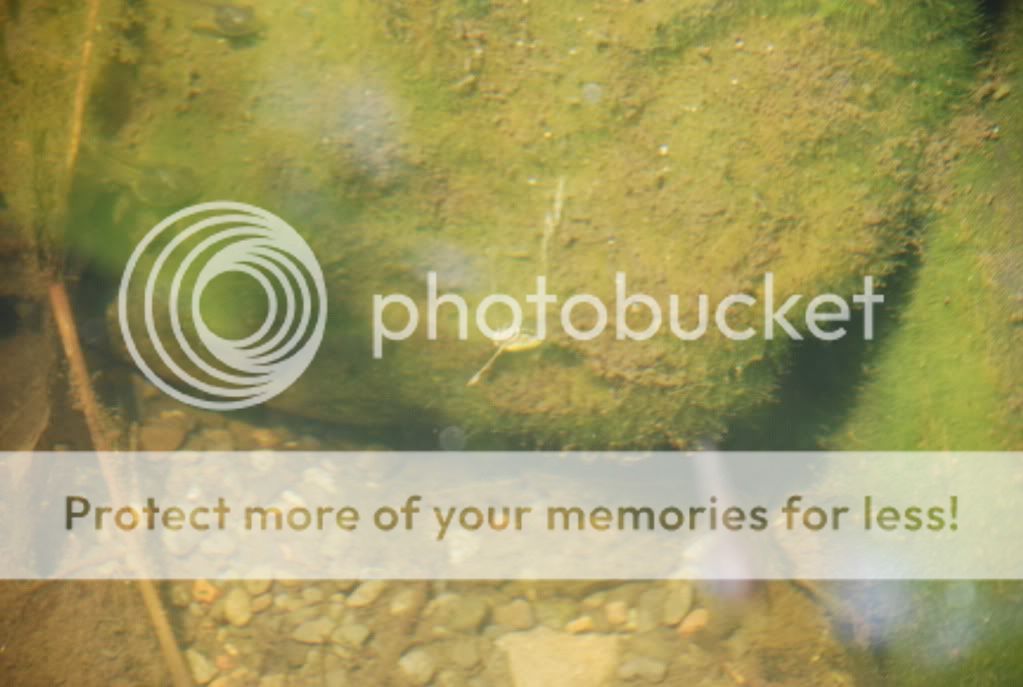
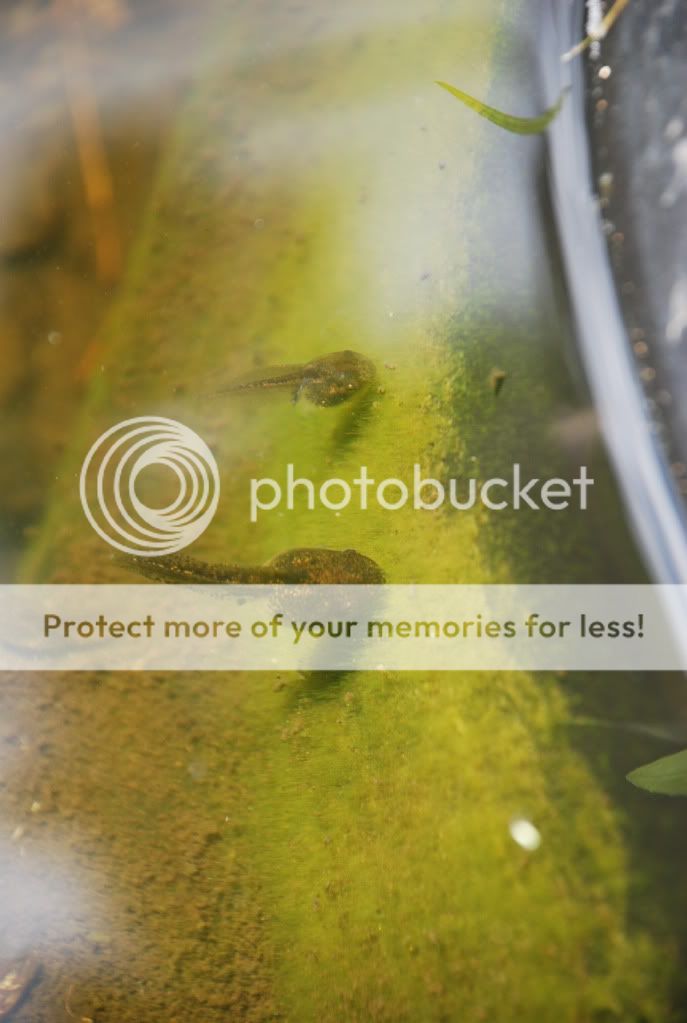








Emerson White wrote:
Absolutely beautiful. If you are trying to keep it more natural however you may want to replace the copper. Copper is death to the more frail crustaceans that form a good part of the food web in a pond.




Check out my Primal Prepper blog where I talk about permaculture, prepping, and the primal lifestyle... all the time! 





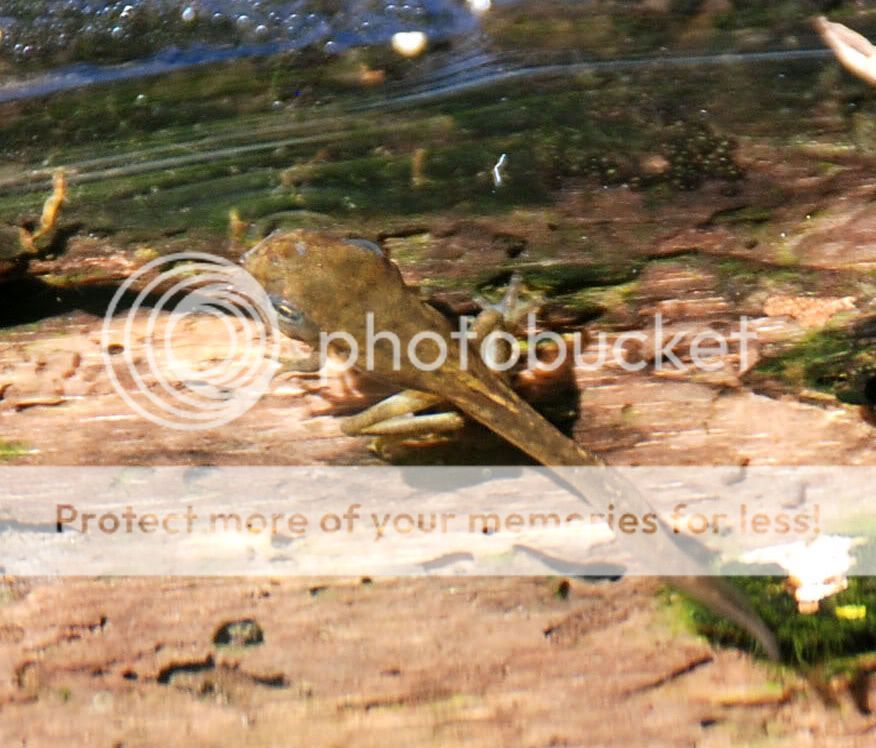
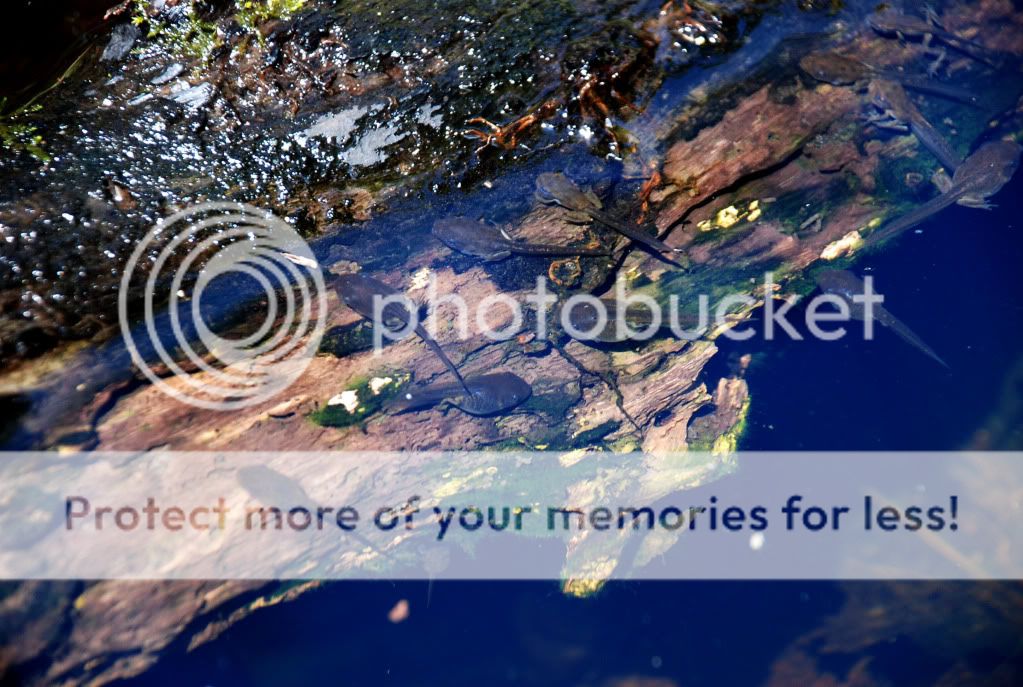
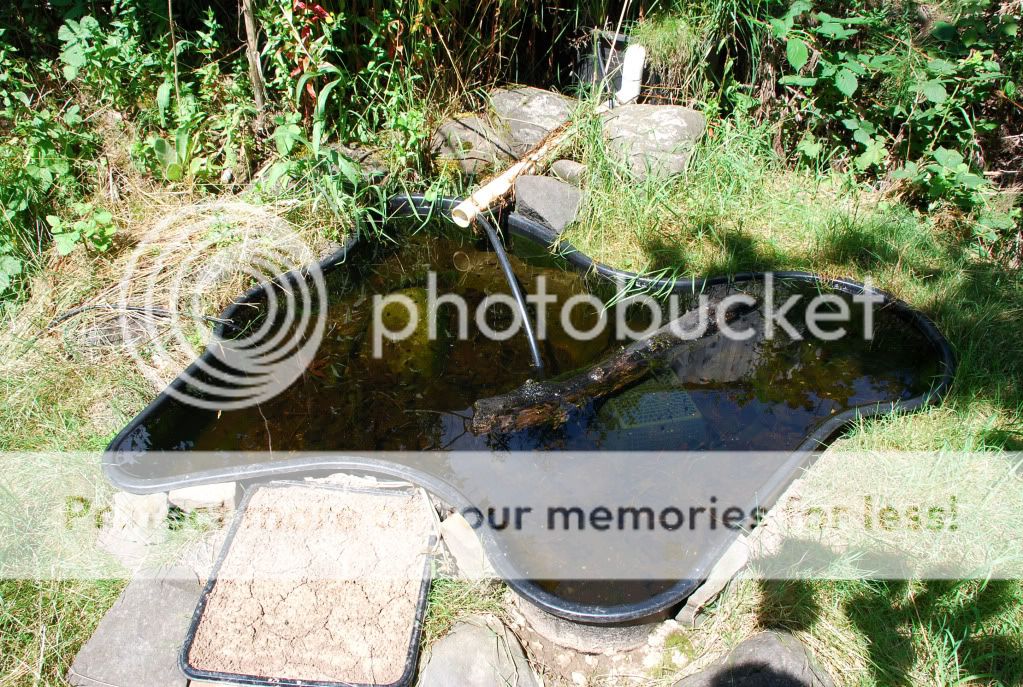














Sometimes the answer is nothing

 1
1




 1
1





 1
1




“Uncertainty is an uncomfortable position. But certainty is an absurd one.”
― Voltaire
 2
2




Michael Helmersson wrote:Would it be possible to use a biofilter like this with a manual cistern pump instead of an electric pump? I'd place the pump somewhere that would encourage frequent short bursts of pumping which could feed a surge tank that regulates the flow and smooths out the ups and downs. Conceivably, there'd be long periods with little or no water transfer, so I wonder if the biological layer would suffer. We use a biosand filter for our drinking water and it seems like the same concept. I like your idea, but I feel the urge to complicate it.
 1
1




“Uncertainty is an uncomfortable position. But certainty is an absurd one.”
― Voltaire




Michael Helmersson wrote:Our drinking water filter (biosand filter) is designed to maintain a 1" layer of water above the sand. This is the "bio" layer and it is recommended that, in order to keep the biology in there fed, you add a batch of water every day. I assume that it would be possible to plumb your filter to have the same 1" layer of water on top and that it wouldn't evaporate away in 24 hours.




Dave Miller wrote: If birds have access to your filter currently, they are probably already bathing and pooping in it. With plants you may have more birds in your water.
]
“Uncertainty is an uncomfortable position. But certainty is an absurd one.”
― Voltaire








